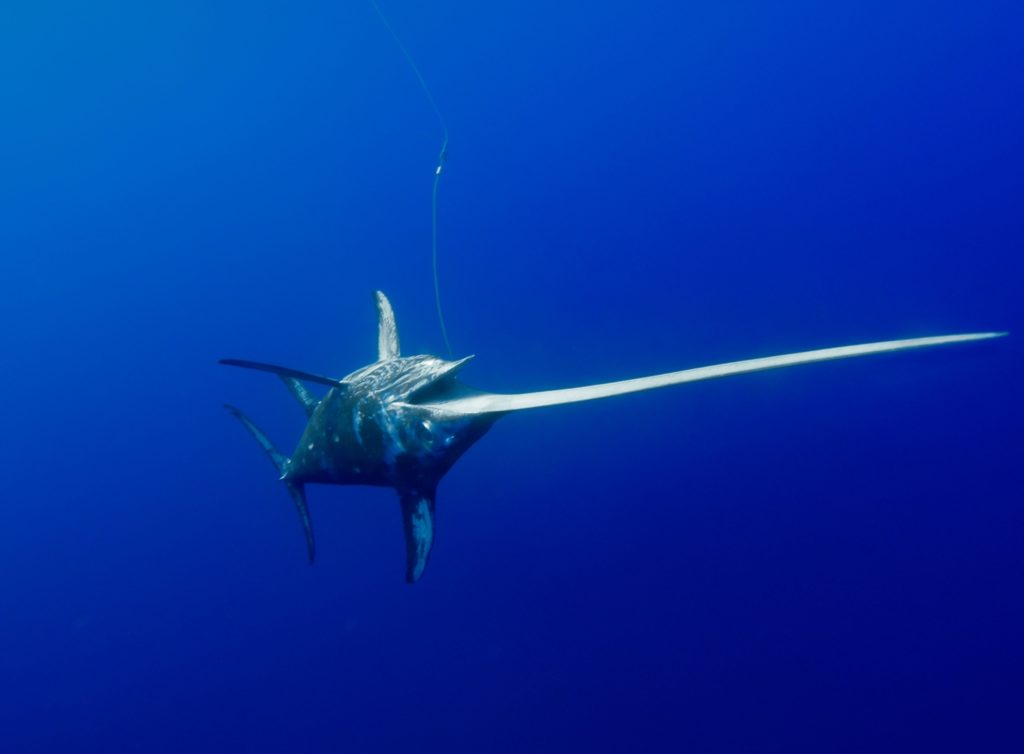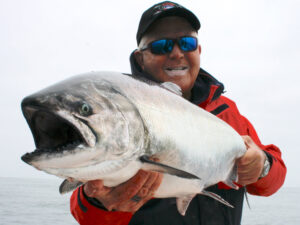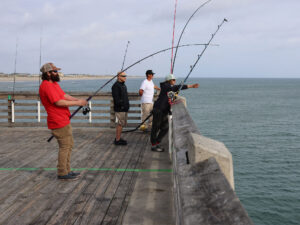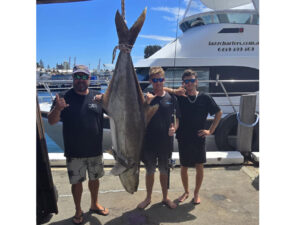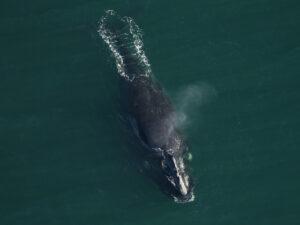O P I N I O N
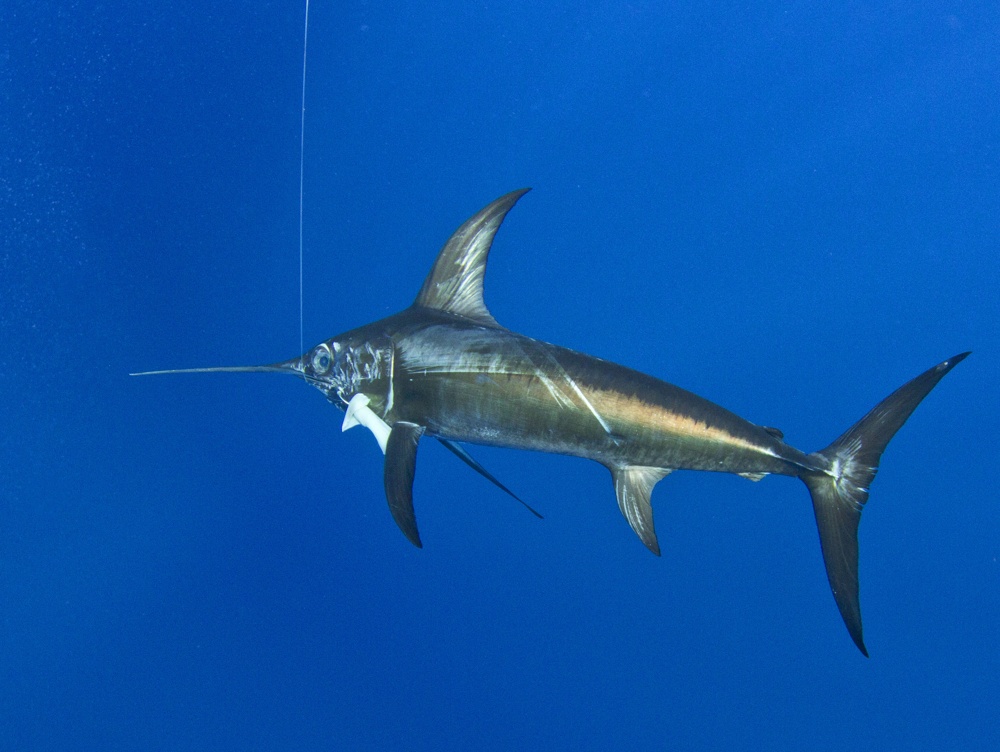
The decision announced by the National Marine Fisheries Service’s Office of Highly Migratory Species to allow pelagic longline boats back into Florida’s east coast closed zone may very well wipe out 16 years of conservation benefits accrued while the waters were closed to the gear. That is contrary to the agency’s responsibility to manage and conserve marine resources responsibly.
The government’s stated rationale for this decision is “to collect data to determine whether the closure was effective.” Well, it doesn’t take a genius to know the answer: Of course prohibiting longline gear from these waters has meant that no swordfish, billfish, sharks or sea turtles were killed by longlines in the closed zone, and the absence of the gear benefitted the ecosystem. The most recent stock assessment for North Atlantic swordfish, while not yet officially released, indicates that the stock abundance is still in good shape, which is good news. If this experimental “research fishery” continues, we’re very likely to see a decline in juvenile swordfish numbers once again, and without them, reduced recruitment into the fishery.
The irony of the situation deepens when one views the 2012 CNN Special Interest segment showcasing the commercial longline fishery “adapting to cleaner fishing practices” – that means buoy gear. The stars of the report included the scientist who will receive the Exempted Fishing Permit (EFP) and the owner of the permitted longline boats that will fish in the East Coast zone! So much for “adapting to clean fishing practices.” Instead, they adapted to satisfying the bureaucrats enough to authorize longliners to fish in a conservation zone and sell the fish.
“As anglers and conservationists, we must continue to push our case to reverse this misguided decision.”
— Ellen Peel, The Billfish Foundation
The disbelief continues when one learns that Florida’s Fish and Wildlife Conservation Commission opposed issuing the permit. Florida, known around the world for its sport fishing, has more saltwater anglers than any other state, 2.4 million, and related industries generate an economic impact of $7.6 billion dollars (2015/16) and supports 109,300 jobs. A federal agency just made a decision to threaten all of this by authorizing an experiment antithetical to conservation.
The decision was made by a few bureaucrats who have no knowledge from time spent on the docks or on boats, or from experience in a recreational-fishing or boating job, so they don’t know what’s at stake, or maybe they don’t care. The wide array of businesses in the marine and sport-fishing industries and those employed therein, along with individuals and families who enjoy fishing, do “get it”; they know what is threatened.
The rationale to re-open waters closed to longliners holds that “if the conservation goals of the time-area closures have been achieved, then these closures should be reopened to the fishery.“ This means that if the bureaucrats feel the “experimental research” is successful, then the whole closed zone may be opened for longline fishing throughout. There is no reason to think the closed zone in the Gulf of Mexico will not be subject to the same illogical decision making.
This is an indelible black mark on the HMS Office and NMFS; as anglers and conservationists, we must continue to push our case to reverse this misguided decision.
About the Author

Ellen Peel has served as president of The Billfish Foundation for 21 years, helping TBF advance conservation and responsible management of marlin, swordfish, sailfish and spearfish. She has served as the U.S. commissioner for recreational fishing on the nation’s delegation to the International Commission for the Conservation of Atlantic Tunas and on the National Marine Fisheries Service’s Highly Migratory Species Advisory Panel. Peel holds a B.A. from the University of West Florida, a J.D. from the University of Mississippi in Oxford, and an LL.M. degree from the University of Washington.
Sport Fishing welcomes opportunities to share a variety of perspectives from prominent or influential participants in issues related to recreational fishing and fisheries.
